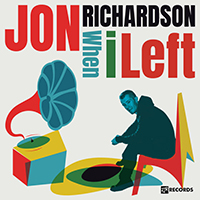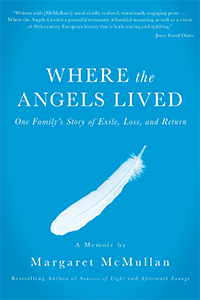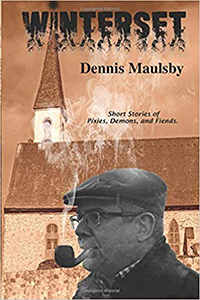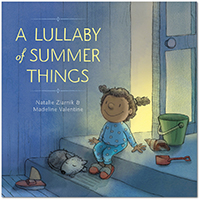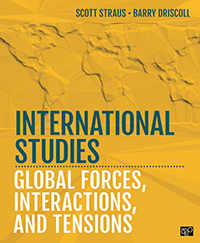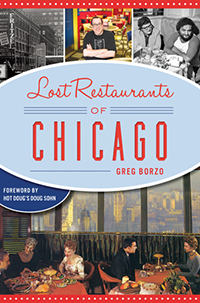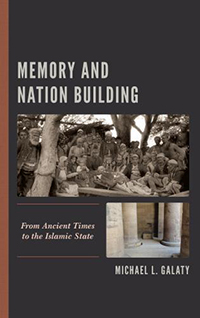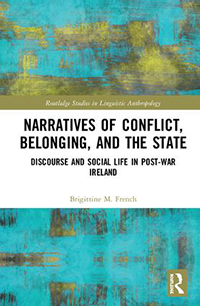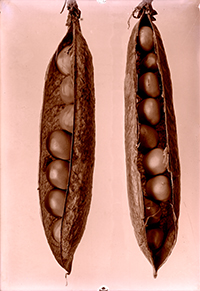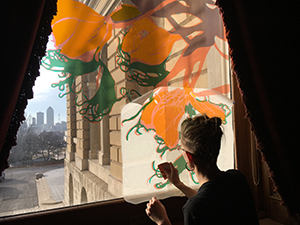The Grinnell Historical Museum mounted an exhibition of 25 botanical photographs taken by Cornelia Clarke 1909 and held at Stewart Gallery in downtown Grinnell Jan. 11 to Feb. 7. Clarke, a longtime volunteer curator of the College herbarium and Grinnell native, was well-known principally as a nature photographer who regularly published photos in Nature magazine, Science Newsletter, and many other science books.
When she died in 1936, she willed 3,300 plate-glass negatives to Henry Conard, professor of botany at Grinnell College. When Conard left for the University of Iowa in 1944, he took the negatives with him, but when he retired to Florida in the 1950s, he abandoned the bulky negatives, which were soon forgotten.
When the University of Iowa closed its botany department and its herbarium in the early 2000s, about 1,100 of these negatives came to light — wrapped in acidic liners, and stacked in boxes, one atop another — and were rescued and accessioned by the State Historical Society of Iowa. Until 2017, however, these negatives were thought to have been Conard’s. A few years ago volunteers from the Grinnell Historical Museum inventoried the collection and discovered that in fact these were Clarke’s photographs. Hence the title of this year’s exhibition, Forgotten Photographs.
The museum scanned 100 of Clarke’s negatives thanks to a College micro-grant. Clarke’s photos of animals, which constituted about two-thirds of her bequest to Conard, have not been recovered, and their fate is unknown.
